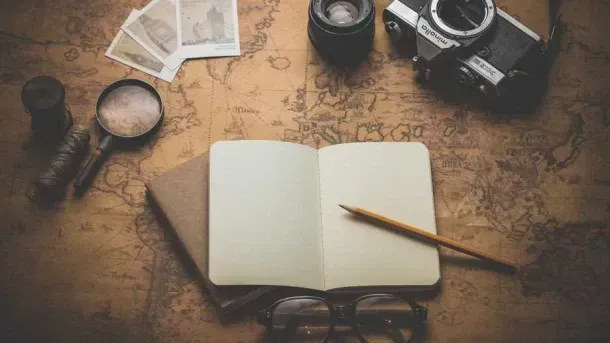10 Top Museums in Tanzania

Tanzania and Zanzibar have a wonderfully eclectic array of museums, that feature everything from Portuguese and German heritage to the cultural traditions of the various ethnic tribes that live in the country. Taking a tour through some of its museums is a highly rewarding and enriching experience. Here are some of the top attractions.
The House of Wonders
Building

The Palace Museum
Museum

Peace Memorial Museum
Building, Church, Memorial, Mosque, Museum

The Tanzanite Experience
Shop, Museum

Tanzanite is entirely unique to Tanzania and only found at the foothills of Mount Kilimanjaro. It was first discovered in 1967 and is considered to be one of the rarest gemstones in the world. Tanzanite has distinctive blue or violet hues and was once declared by Tiffany & Co to be one of the most beautiful stones to have been found in the last 2000 years. The museum takes visitors on a guided tour through the complexities of mining, and the skills of cutting and polishing this stunning precious stone.
Oldupai Gorge Museum
Museum

Massai Cultural Village and Museum
Museum

National Museum of Tanzania
Museum, Memorial

Village Museum
Museum

Iringa Boma
Building, Museum
Old Fort

Built by Omani Arabs when they seized the island of Zanzibar from the Portuguese, this historical building is not a museum as such, but nevertheless makes for a highly interesting visit. It is the oldest building on the island with an enclosed courtyard that now serves as a cultural heritage centre, and also holds a curio shop selling culturally orientated merchandise. In the evening the open-air amphitheater comes alive with dancing and music shows that are held on most nights.
Old Fort, Mizingani Rd, Zanzibar, Tanzania, +255 659 788 828


KEEN TO EXPLORE THE WORLD?
Connect with like-minded people on our premium trips curated by local insiders and with care for the world
Since you are here, we would like to share our vision for the future of travel - and the direction Culture Trip is moving in.
Culture Trip launched in 2011 with a simple yet passionate mission: to inspire people to go beyond their boundaries and experience what makes a place, its people and its culture special and meaningful — and this is still in our DNA today. We are proud that, for more than a decade, millions like you have trusted our award-winning recommendations by people who deeply understand what makes certain places and communities so special.
Increasingly we believe the world needs more meaningful, real-life connections between curious travellers keen to explore the world in a more responsible way. That is why we have intensively curated a collection of premium small-group trips as an invitation to meet and connect with new, like-minded people for once-in-a-lifetime experiences in three categories: Culture Trips, Rail Trips and Private Trips. Our Trips are suitable for both solo travelers, couples and friends who want to explore the world together.
Culture Trips are deeply immersive 5 to 16 days itineraries, that combine authentic local experiences, exciting activities and 4-5* accommodation to look forward to at the end of each day. Our Rail Trips are our most planet-friendly itineraries that invite you to take the scenic route, relax whilst getting under the skin of a destination. Our Private Trips are fully tailored itineraries, curated by our Travel Experts specifically for you, your friends or your family.
We know that many of you worry about the environmental impact of travel and are looking for ways of expanding horizons in ways that do minimal harm - and may even bring benefits. We are committed to go as far as possible in curating our trips with care for the planet. That is why all of our trips are flightless in destination, fully carbon offset - and we have ambitious plans to be net zero in the very near future.













